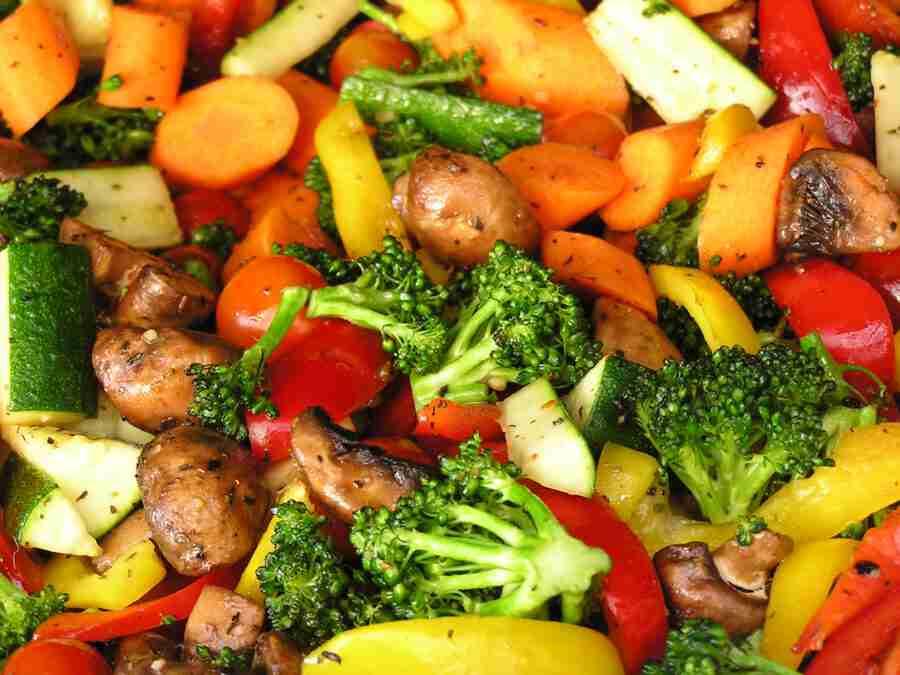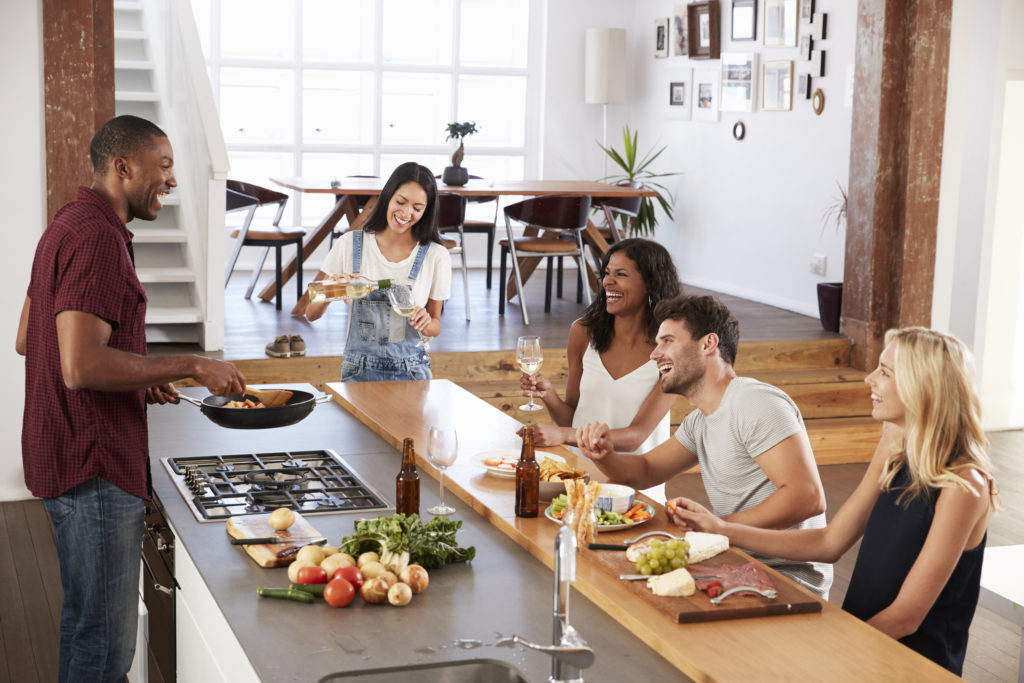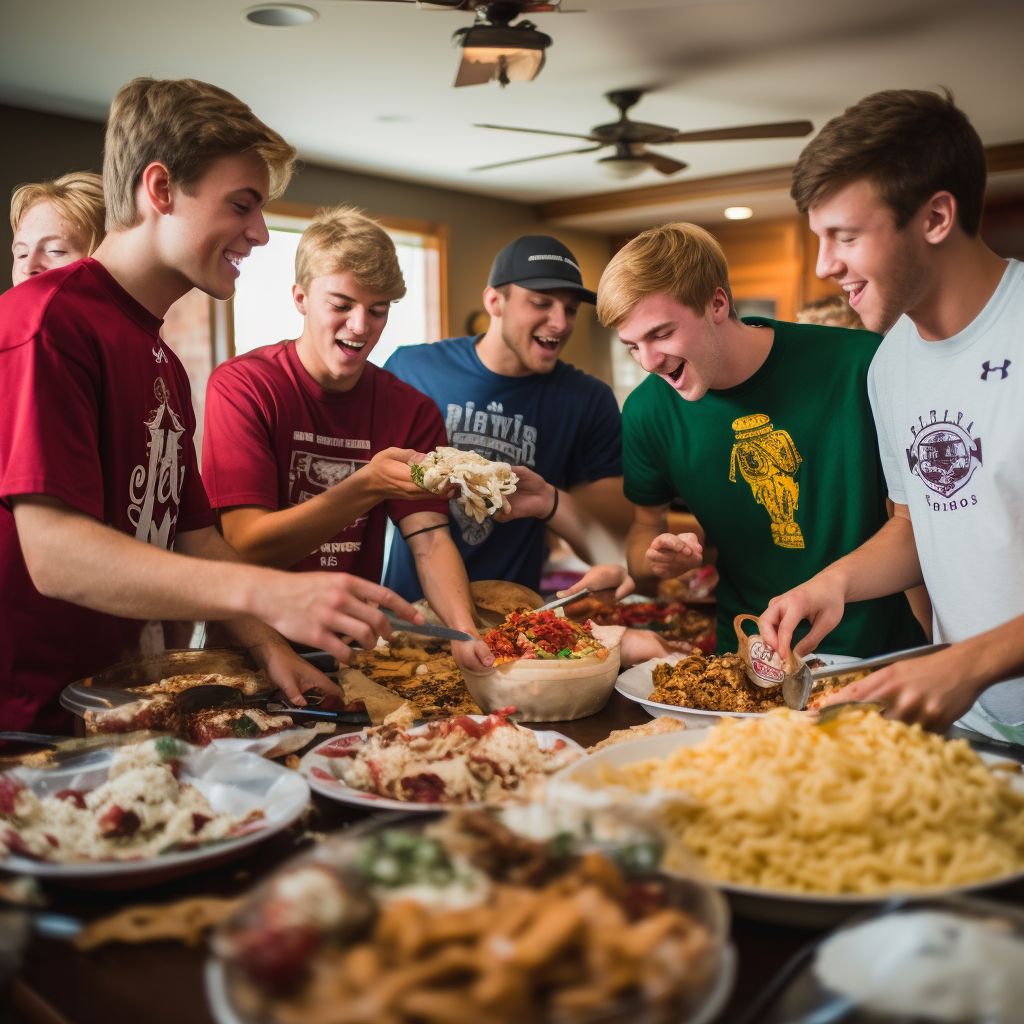In a world where food waste is a huge problem, using leftovers is not just good for the environment, but also a clever way to save money and reduce our impact on the planet.
Leftovers often end up in the trash, adding to the massive amount of wasted food worldwide. However, with a bit of imagination and planning, leftovers can be a valuable resource in the kitchen! Let’s start by diving into the world of meal planning. It’s one of the best ways to make the most of leftovers. Before you go grocery shopping, think about what you’ll eat for the week and how much you’ll need for each meal. This way, you can cook larger quantities and use the extra food throughout the week, which helps to reduce waste. For example, if you roast a chicken on Sunday, you can use the leftovers to make chicken sandwiches or tacos for lunch or dinner on the following days. Lets take a deeper dive into how we can fully utilize our leftovers.
What Can I do With My Leftovers?

The beauty of leftovers is you don’t necessarily have to use it for what the leftovers originally came from. You can take these leftovers and really do whatever you want with them. Leftovers can be transformed into entirely new and exciting dishes. Cooked vegetables can be blended into a tasty soup or used as delicious toppings for homemade pizzas. Roasted meats can be sliced thin and turned into cold cut sandwiches or added to bulk up pasta dishes. By repurposing leftovers in creative ways, you’ll be amazed at the variety of meals you can create. Investing in good storage is key to keeping leftovers fresh and safe to eat. Look for high-quality food storage containers that seal tightly and can be used in the microwave. Don’t forget to label the containers with dates so you know how long the leftovers have been stored. This practice helps prevent food from spoiling and lets you know when it’s time to use them before they go bad.
Utilizing Your Kitchen Appliances

If you find yourself with more leftovers than you can handle, don’t worry! Freezing them is a great way to preserve them for future use. Lots of dishes, like soups, stews, and casseroles, freeze well and can be defrosted and reheated whenever you need a quick and easy meal. Freezing leftovers not only saves you time but also reduces the temptation to throw away excess. Leftovers aren’t limited to just lunch or dinner; they can also be a delightful addition to your breakfast routine. Imagine pairing yesterday’s roasted vegetables with eggs for a delicious omelet. Or using leftover cooked grains like rice or quinoa as a base for a satisfying breakfast bowl topped with fruits, nuts, and yogurt. Every meal, snacks included can easily be made with your leftovers.
What Else Can I Do?

Here’s an idea, let’s spice things up with a “leftover buffet” night! Set aside one night a week where family members can create their own meals using the leftovers from the past few days. This not only reduces food waste but also encourages everyone in the household to get creative and involved. It’s a fun way to clear out the fridge while also maintaining your weekly hangouts with friends, but without the headache of expensive restaurants and bars. If, despite your best efforts, you still have more leftovers than you can eat, consider donating them to local food banks or shelters. Many people struggle with food insecurity, and your leftovers could make a real difference in their lives. There’s also composting which is a fantastic alternative to throwing them in the trash. Composting turns organic waste into nutrient-rich soil, reducing the amount of food waste that ends up in landfills and helping the environment.
Let’s Wrap It Up With Some Recipes
1. Leftover Stir-Fry
Ingredients:
- 2 cups of leftover cooked vegetables (broccoli, carrots, bell peppers, etc.)
- 1 cup of leftover cooked meat (chicken, beef, pork, or tofu)
- 2 tablespoons of vegetable or sesame oil
- 3 tablespoons of soy sauce
- 1 tablespoon of hoisin sauce
- 1 tablespoon of freshly grated ginger
- 2 garlic cloves, minced
- 2 green onions, sliced
- 1 tablespoon of cornstarch mixed with 1 tablespoon of water
- Cooked rice or noodles
Instructions:
- Heat the oil in a large skillet or wok over medium-high heat.
- Add the ginger and garlic and sauté for 30 seconds.
- Add the leftover vegetables and meat to the pan and cook until heated through, about 3-4 minutes.
- In a small bowl, whisk together the soy sauce, hoisin sauce, and cornstarch-water mixture. Pour this over the leftovers, stirring well to coat.
- Continue to cook for another 2-3 minutes until the sauce has thickened.
- Serve the stir-fry over cooked rice or noodles, garnished with the sliced green onions.
2. Leftover Casserole Bake
Ingredients:
- 3 cups of leftover roasted or cooked vegetables (potatoes, carrots, peas, etc.)
- 2 cups of leftover cooked meat (turkey, chicken, ham)
- 1 cup of grated cheese (Cheddar, Swiss, or a blend)
- 1 can of cream of mushroom or chicken soup
- 1/2 cup of milk
- 1/2 teaspoon of dried thyme or rosemary
- Salt and pepper to taste
- 1 cup of breadcrumbs or crushed crackers
- 2 tablespoons of melted butter
Instructions:
- Preheat your oven to 375°F (190°C).
- In a large bowl, combine the leftover vegetables, meat, cheese, soup, milk, thyme, salt, and pepper.
- Pour the mixture into a greased 9×13-inch baking dish.
- In a small bowl, mix the breadcrumbs or crushed crackers with the melted butter.
- Sprinkle the breadcrumb mixture over the top of the casserole.
- Bake for 25-30 minutes or until the top is golden brown and the casserole is bubbling.
- Let it cool for a few minutes before serving.
These recipes are great because they’re very adaptable; you can use whatever leftovers you have on hand. Feel free to experiment with different ingredients and seasonings to create a new and delicious meal!
And For Dessert
In conclusion, making the most of leftovers is not just about being resourceful, but also proactive and creative. By embracing meal planning, repurposing leftovers, investing in quality storage, freezing, incorporating them into breakfast, hosting a leftover buffet, donating excess food, and composting scraps, you also can do your part to reduce food waste and minimize your impact on the environment. Get ready to unleash your culinary creativity and make a positive difference!

